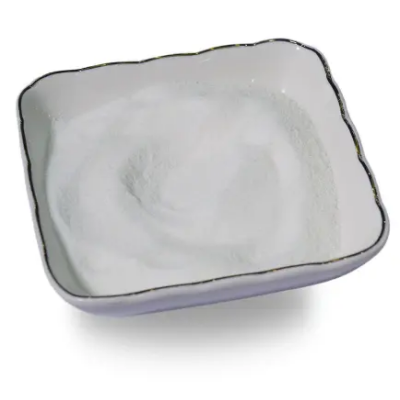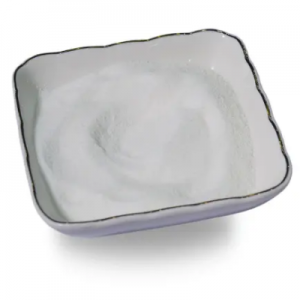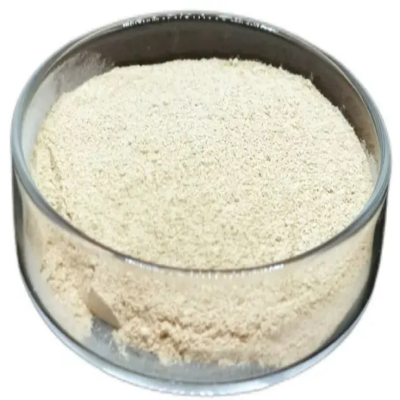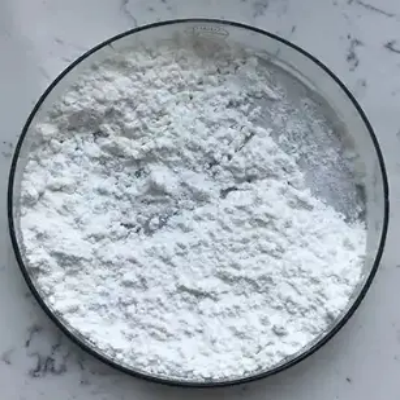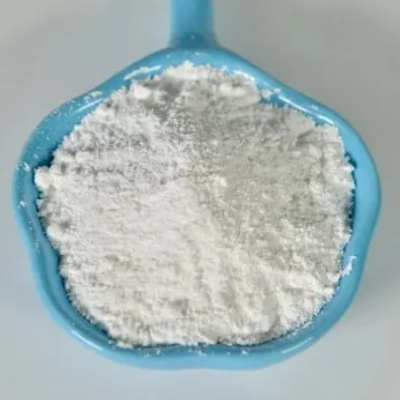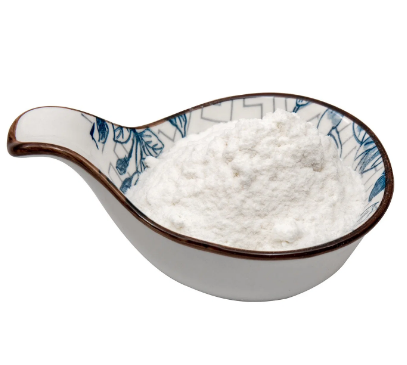Acetic acid, 2-((5-bromo-4-(4-cyclopropyl-1-naphthalenyl)-4H-1,2,4-triazol-3-yl)thio)-, ethyl ester CAS:1158970-52-5
The synthesis of this compound involves several organic reactions starting from a suitable naphthalene derivative. First, the naphthalene is substituted with a cyclopropyl group at the 4 position through a Friedel-Crafts alkylation reaction using a cyclopropylmethyl Grignard reagent. This step introduces the cyclopropyl ring onto the naphthalene core. Next, the naphthalene derivative is further functionalized with a bromine atom at the 5 position through a bromination reaction using a brominating agent such as N-bromosuccinimide (NBS) or bromine in an organic solvent. This step introduces the bromine atom, which will later be used for the introduction of the triazole ring. The brominated naphthalene is then treated with a 1,2,4-triazole derivative in the presence of a copper catalyst under reductive conditions to form the 1,2,4-triazole ring. This step involves a copper-catalyzed coupling reaction between the brominated naphthalene and the triazole derivative, resulting in the formation of the 1,2,4-triazole ring attached to the naphthalene core. Finally, the ethyl ester functionalization is achieved through a reaction with ethanol and an acid catalyst such as sulfuric acid. This step involves the nucleophilic acylation of the hydroxyl group of ethanol with the carboxylic acid group of the intermediate compound, resulting in the formation of the ethyl ester. The resulting compound, acetic acid, 2-((5-bromo-4-(4-cyclopropyl-1-naphthalenyl)-4H-1,2,4-triazol-3-yl)thio)-, ethyl ester, is a valuable intermediate in organic synthesis due to its unique combination of functional groups. It can be used to synthesize a wide range of organic compounds, including pharmaceuticals, agricultural chemicals, and dyes. The presence of both aromatic and heterocyclic rings provides rigidity and planarity to the molecule, which is often beneficial for interactions with biological targets. The presence of the bromine atom and the ethyl ester group makes it a versatile building block for the synthesis of more complex molecules with improved pharmacological properties. The compound should be handled with care and stored under appropriate conditions to maintain its stability and purity. Proper safety precautions should be taken when handling this compound, as it may be harmful if ingested or inhaled.



| Composition | C19H18BrN3O2S |
| Assay | 99% |
| Appearance | white powder |
| CAS No. | 1158970-52-5 |
| Packing | Small and bulk |
| Shelf Life | 2 years |
| Storage | Store in cool and dry area |
| Certification | ISO. |


